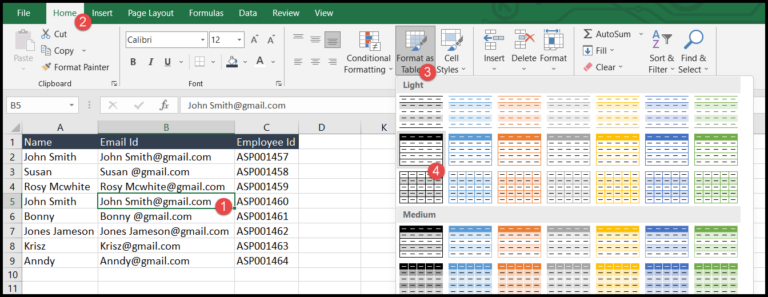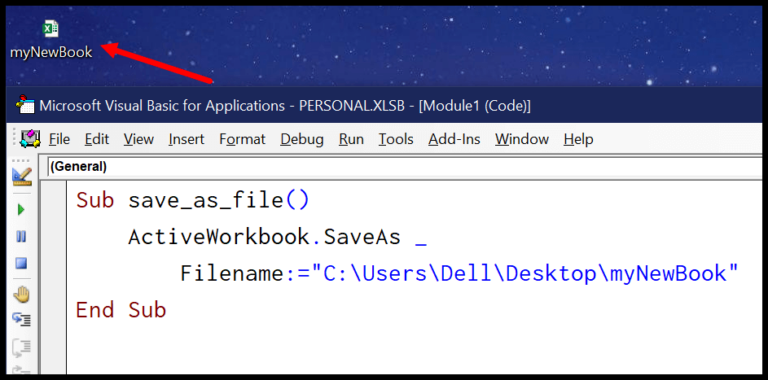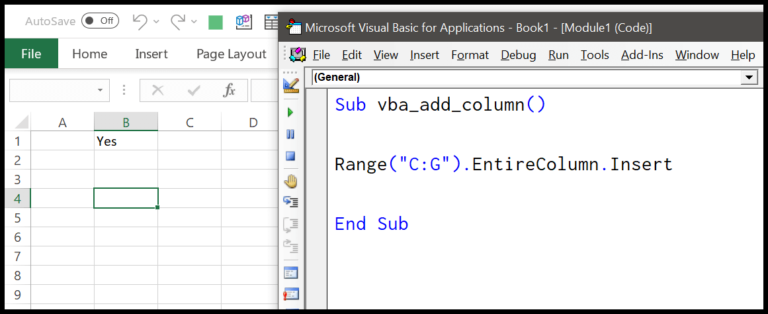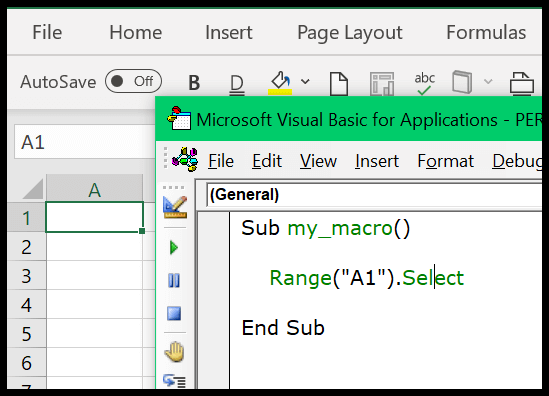Sales performance management (SPM) software has become the backbone of sales departments looking to hone their team’s efficiency and results. SPM tools help managers oversee and facilitate their sales processes by tracking key metrics, setting quotas, and providing actionable insights. In turn, sales teams can leverage these platforms to better understand their performance, set realistic goals, and identify areas for improvement.
Selecting the best SPM software is a high-stakes decision; it can spell the difference between a good and a great sales force. With options ranging from well-known leaders like Salesforce and HubSpot to specialized tools such as Performio and QuotaPath, the market is rich with choices. Some solutions cater to specific needs, offering advanced analytics and forecast modeling, while others ensure scalability and integration with existing systems.
A comprehensive SPM solution not only drives sales activities but also fosters collaboration and agility within the team. Businesses may pore over user reviews, feature lists, and expert insights to determine which platform aligns best with their sales strategy and operations. Yet, the common goal remains: to streamline the sales process, elevate performance, and ultimately, boost the bottom line.
Understanding Sales Performance Management
Sales Performance Management (SPM) is the glue that binds sales strategies with performance outcomes, using efficient tools to boost revenue growth and ensure compliance.
Defining SPM and Its Importance for Businesses
Sales Performance Management is a methodical approach that combines operational and analytical processes to drive sales efficiency. For businesses, the importance of SPM lies in fostering visibility and accountability in sales activities, ensuring that sales incentives and commissions effectively motivate personnel.
Key Components of SPM
SPM is built upon several core components:
- Incentive and Commission Management: Vital for developing transparent compensation structures.
- Performance Tracking and Quota Management: Tools and processes for monitoring sales targets and outcomes.
- Automation: Streamlining workflow management for greater efficiency.
- Data-Driven Decisions: Utilizing sales data to refine sales strategies.
The Impact of SPM on Revenue Growth
Properly utilized SPM software can be a game-changer for revenue growth. It enables organizations to align sales activities with company objectives, steering sales teams towards profitable endeavors and optimal performance.
The Evolution of SPM Software
SPM software has evolved from basic tracking tools to sophisticated platforms incorporating analytics, forecasting, and territory management. This evolution directly reflects the growing need for detailed insights and effective sales management in an increasingly competitive marketplace.
Sales Performance Management vs. CRM
Whereas SPM zeros in on sales personnel performance and incentive schemes, Customer Relationship Management (CRM) focuses on managing the company’s interactions with current and potential customers. Both are critical, but each serves a distinct function in the sales domain.
Compliance and Legislation
With regulations like ASC 606 and IFRS 15 affecting how sales revenue can be recognized, SPM solutions play a crucial role in maintaining compliance. They help in adjusting sales strategies and reporting to meet legislative requirements without a hitch.
The Top Sales Performance Management Software Solutions
Navigating the sales performance management (SPM) software landscape is crucial for businesses aiming to enhance their sales operations and incentives. With several market leaders and innovative tools available, companies can find solutions tailored to their size and needs.
Overview of Market Leaders
Leaders in the SPM software market often showcase a robust set of features that cater to automation, analytics, and operational efficiency. Salesforce, known for its extensive cloud-based capabilities, and Xactly, with strong forecasting and pipeline management, stand out as two of the most prominent players. They offer comprehensive solutions that cover everything from incentive compensation to advanced analytics.
For the Enterprise: Advanced SPM Tools
Large enterprises with complex sales structures demand advanced SPM tools. Varicent is notable for its flexibility and analytical depth, while Oracle Sales and Anaplan offer a breadth of customization and forecasting precision. SAP Commissions provides a heavy-duty framework for intricate compensation plans, essential for larger businesses.
Mid-Market and Small Business Solutions
The mid-market and small business segment benefits from SPM solutions that balance functionality with user-friendliness. Pipedrive is a popular choice for its ease of use and affordability, while Beqom tailors its compensation management to fit the unique dynamics of smaller teams. Solutions like Spiff and Quotapath prioritize simplicity and seamless integration.
Emerging Innovators in SPM Software
Innovation in the SPM space includes platforms that focus on specific niches or introduce new technologies. CaptivateIQ and ElevateHQ bring fresh perspectives with intuitive interfaces and customization options. Numerik and Salesrabbit, though less established, are quickly gaining attention for their user-friendly approach and strong emphasis on mobile accessibility.
Integrating SPM With Your Existing Tech Stack
When a company brings in a Sales Performance Management (SPM) system, ensuring it works well with the existing CRM and automation tools is critical. This can make or break the streamlining of sales processes and data flow.
Common Integrations with Popular CRM Systems
Most SPM solutions offer direct integrations with leading CRM systems such as Salesforce, Zoho CRM, and NetSuite. Businesses often find that integrating their SPM with Salesforce, for instance, creates a seamless bridge between sales data and performance metrics. Zoho CRM users usually benefit from customized SPM integrations, which leads to enhanced data tracking and reporting.
- Salesforce: Advanced analytics
- Zoho CRM: Customizable workflow management
- NetSuite: Real-time visibility into sales metrics
Enhancing Performance with Automation and AI
SPM software frequently incorporates automation and AI to optimize sales activities. Automation helps in streamlining repetitive tasks, while AI can provide predictive insights into sales trends. For example, AI interfaces like Einstein 1 Sales from Salesforce leverage generative AI to enhance decision-making and performance management. The integration of AI in SPM tools can lead to improved sales forecasting and strategy formulation.
- Automation: Repetitive process handling
- AI: Sales trend prediction and performance insights
Software Integration Challenges and Solutions
Integration challenges may arise, such as data silos or compatibility issues with legacy systems. Solutions to these challenges include:
- Data Migration Tools: Simplify the transfer of existing data into the new SPM system.
- APIs: Use Application Programming Interfaces to create custom integrations.
- Vendor Support: Rely on the SPM vendor’s expertise for integration assistance.
Companies might encounter obstacles such as data inconsistency when integrating different systems. They can turn these challenges into opportunities by using customizable integrations and APIs to ensure all parts of their tech stack communicate effectively.
Core Features of Effective Sales Performance Management Software
Sales performance management software boasts a suite of features that specifically cater to enhancing the efficiency and effectiveness of sales teams. These features streamline the tracking and rewarding of sales activities, ensuring teams remain driven and targets are met.
Goal Setting and Performance Tracking
Every sales team thrives on clear objectives. Effective software allows for goal setting at various levels – individual, team, and organizational. Key performance indicators (KPIs) are defined and aligned with business objectives, providing a roadmap for sales representatives to follow. Performance tracking mechanisms keep these goals in focus and monitor progress in real time.
Incentive and Commission Management
When it comes to motivating a sales force, nothing works quite like a tangible reward. Robust incentive and commission management tools automate calculations, reducing errors and ensuring representatives are paid accurately and on time. This includes the administration of complex incentive compensation plans, crucial for maintaining high morale and retention rates.
Forecasting and Pipeline Management
To predict future sales and revenue streams, businesses rely on forecasting. Software that facilitates detailed forecasting through data analysis helps in making proactive business decisions. Along with this, effective pipeline management provides a clear view of where prospects are in the sales process, allowing strategies to be adjusted accordingly.
Reports and Dashboards for Informed Decision Making
Reports and dashboards offer a visual representation of data, making complex information digestible. These tools aggregate sales data to provide insights into trends and patterns, equipping leadership with the information needed to make informed, strategic decisions.
Gamification and Leaderboards for Engagement
Sales environments are often competitive, and a touch of friendly competition can boost results. Gamification techniques and leaderboards inject an element of fun into daily tasks, while also driving performance as team members strive for recognition.
Implementing SPM Software for Optimal Results
When rolling out a Sales Performance Management (SPM) solution, organizations need to focus on strategic deployment, comprehensive training programs for sales teams, and effectively measuring the performance of the implemented system.
Best Practices in SPM Software Deployment
To ensure the deployment of the SPM software goes smoothly, one should start by defining clear objectives and involving key stakeholders in the planning phase. It is critical to map out existing sales processes to identify areas for improvement and set realistic timelines for the deployment tasks. Companies should prioritize:
- Ensuring data accuracy and integration capabilities with other systems.
- Developing a phased implementation approach to minimize disruption.
- Establishing feedback mechanisms from users to refine the system progressively.
Training and Coaching for Sales Teams
The introduction of SPM software necessitates effective sales training and coaching. Initial training should cover not only how to use the software but also how it will enhance sales efforts. Ongoing coaching is essential to help sales teams:
- Understand software features and functionality.
- Adopt best practices in using the platform for sales operations.
- Develop an agile approach to sales that leverages real-time data from the SPM software.
Measuring the Success of Your SPM Solution
To gauge the effectiveness of an SPM solution, setting up key performance indicators (KPIs) tailored to the organization’s sales objectives is paramount. Companies should establish regular performance tracking to:
- Monitor the uptake and proficiency of users in the SPM system.
- Analyze sales data to identify trends and areas for optimization.
- Validate that the solution is delivering the expected return on investment (ROI).
Advancing Sales Strategies With SPM Software
In the world of sales, the right Sales Performance Management (SPM) software can be transformative. It not only streamlines various sales processes but significantly enhances the effectiveness of sales strategies. This section dives into how SPM software advances sales strategies through continuous improvement, data leverage, and targeted incentive programs.
Creating a Culture of Continuous Improvement
Sales managers know that a thriving sales team is always evolving. They use SPM software to foster a culture where continuous improvement is part of the daily routine. Such software facilitates frequent feedback loops and provides analytics that point to skills needing refinement. Moreover, features like real-time coaching and monitoring help teams learn and adapt on the fly, leading to a consistent improvement in sales effectiveness.
Leveraging Data for Sales Excellence
SPM software shines in gathering and leveraging customer data. Managers utilize these insights to carve out sales strategies that are informed by consumer behaviors and sales trends. With robust SPM tools, they can dissect sales data to understand where a strategy might be falling short or what’s driving success. This data-driven approach ensures that teams aren’t just working hard but are also working smart, with a sharp focus on actions that drive sales effectiveness.
Incentivizing Sales Team with Targeted Programs
A key component of SPM software is its incentive management capabilities. By drawing on detailed sales and customer data, leadership can design incentive programs that align closely with the company targets. These tailored programs motivate salespeople to prioritize critical activities that foster meaningful customer relationships and lead to wins in the sales column. Whether it’s through bonuses, commissions, or non-monetary rewards, SPM solutions ensure that incentives are both appealing to the sales team and beneficial to the company’s sales objectives.
Future Trends in Sales Performance Management
Sales Performance Management (SPM) is rapidly evolving, with new technologies redefining how companies strategize and execute their sales processes. It’s no longer just about tracking numbers but about leveraging sophisticated tools to stay ahead.
The Role of AI and Machine Learning
AI and Machine Learning are no longer buzzwords; they are at the forefront of driving operational efficiency in SPM. With AI-guidance, sales teams can expect real-time insights and predictive analytics to make informed decisions. Tools that once merely managed incentive compensation are now morphing into intelligent systems capable of forecasting market trends and shaping sales planning.
- Predictive Analytics: Use past and present data to forecast sales trends.
- Performance Metrics: AI-driven insights guide sales strategy adjustments.
Adapting to Changing Sales Landscapes
The sales landscape is like shifting sands, with technology and consumer behavior constantly evolving. SPM software must be agile, adapting to these changes to help sales teams navigate new challenges. The focus now is on optimizing Salesforce hygiene and adapting sales processes to enhance pipeline management.
- Salesforce Integration: Vital for maintaining clean and efficient sales processes.
- Process Optimization: Tools that help build, scale, and optimize sales strategies.
Strategic Planning for the Road Ahead
Strategic planning is at the heart of any successful sales endeavor, and SPM platforms are becoming increasingly sophisticated in accommodating long-term strategic thinking. The future is about integrating market trends into sales planning, making planning platforms more robust and strategic.
- Gamification: Encourages competitive engagement while shaping strategy.
- Scalability: Tools designed to grow with the company, adapting strategies as needed.
Conclusion
When choosing the right sales performance management (SPM) software in 2024, it is essential for companies to consider platforms that offer incentive compensation management, territory, and quota management. Features that enhance operational efficiency are a must.
Software like Freshsales has been highlighted for its user-friendly interface and task automation capabilities. Moreover, the importance of reliable customer support is underscored across various reviews.
They should not overlook innovative solutions that integrate AI to augment sales strategies, as seen with platforms like Revenue.io. A keen eye is also recommended for software that emphasizes Salesforce hygiene and process scalability.
In summary, the best SPM software maximizes sales potential by equipping teams with the necessary tools to manage, analyze, and improve their sales processes. Critical evaluation based on user reviews and feature analysis will help in pinpointing a suitable solution for one’s specific needs.
Frequently Asked Questions
Choosing the right sales performance management software can be critical for a business. Below one will find some of the most common inquiries and their answers to aid in the decision-making process.
What’s the top free software for managing sales performance?
As of 2024, many companies offer free versions of their sales performance management tools geared towards startups or small teams. HubSpot CRM is a notable option, providing basic performance tracking features without cost.
Got any recommendations for small business sales performance management tools?
Salesforce is highly recommended for small businesses due to its scalability and comprehensive ecosystem, which includes Sale Cloud and support for AI with Einstein Sales.
Know a good sales performance software that won’t cost me a dime?
HubSpot CRM remains a strong contender for businesses seeking functionality without financial commitment. It offers no-cost solutions that suit the needs of cost-conscious users.
How do I track my team’s sales effectiveness?
Sales performance management software like Salesforce and Anaplan provide analytics and reporting features that can help managers track and improve their team’s sales effectiveness through real-time data.
Can you suggest an app for boosting sales team incentives?
Ambition is often recommended for its features focused on gamification and incentives, which help boost sales team motivation and performance.
What’s an easy-to-use performance tool for non-tech savvy sales teams?
Weflow is appreciated for its user-friendly interface and tools designed to improve sales pipeline management. It’s suitable for teams that prefer a straightforward approach without a steep learning curve.



